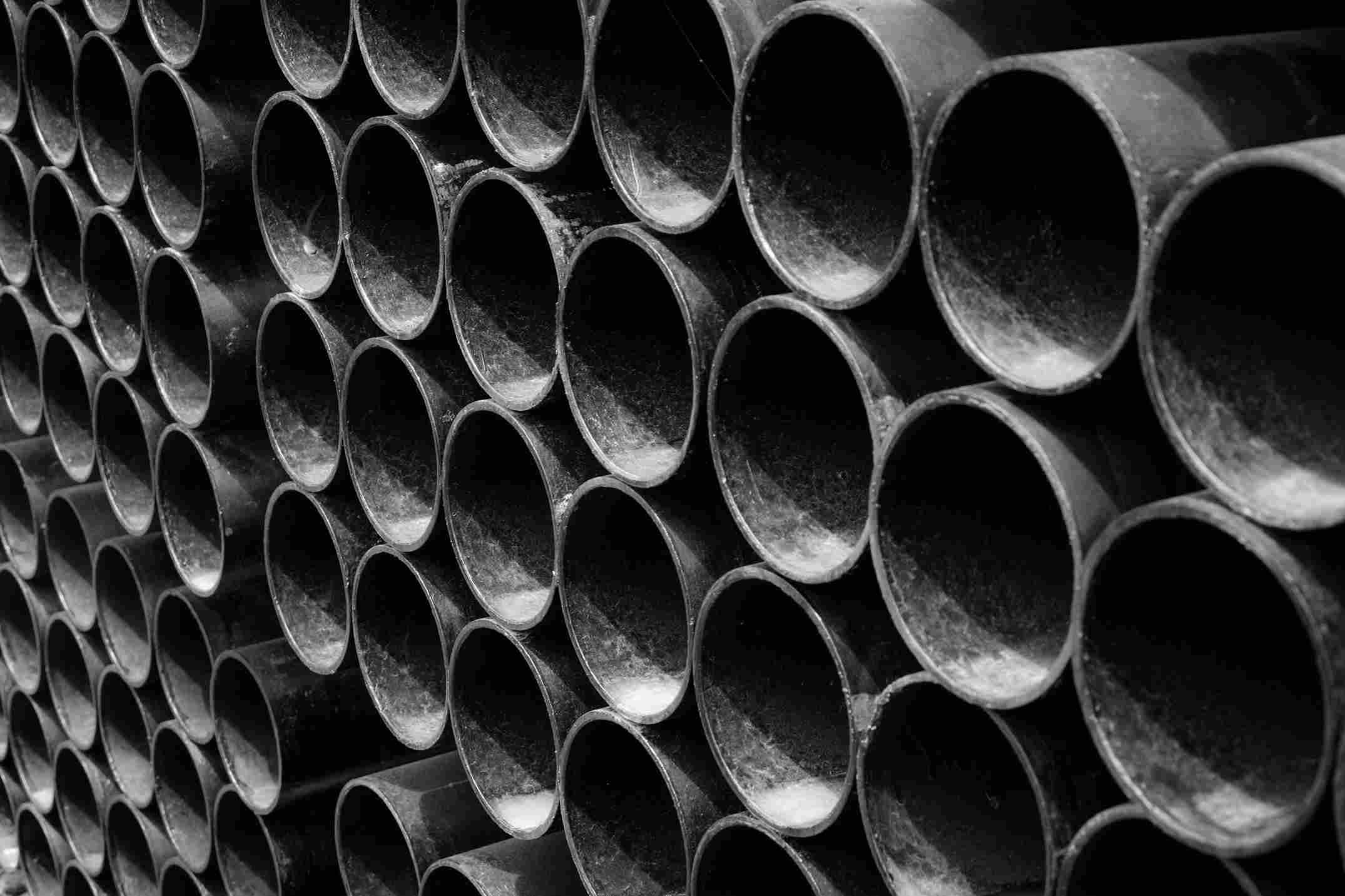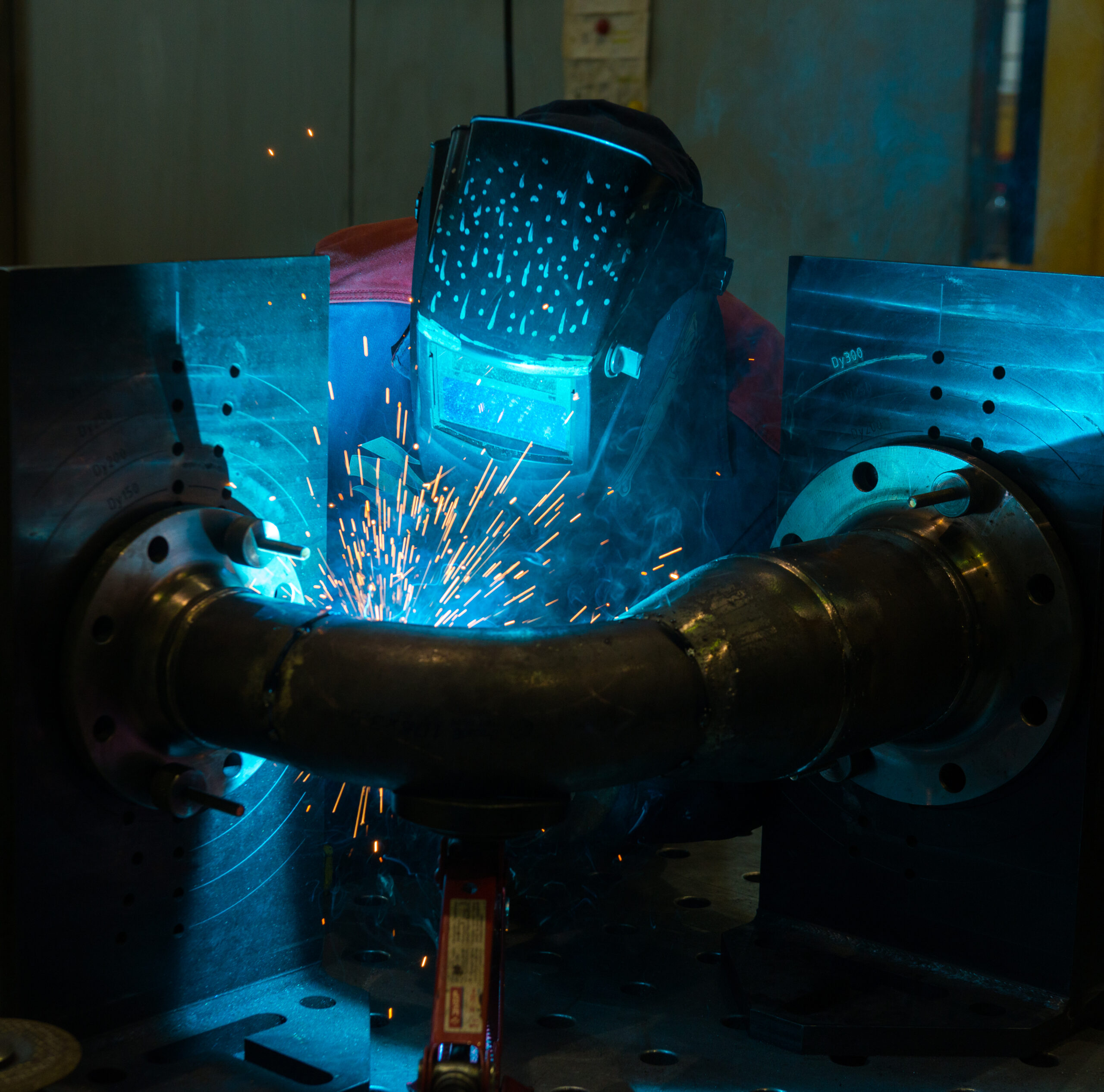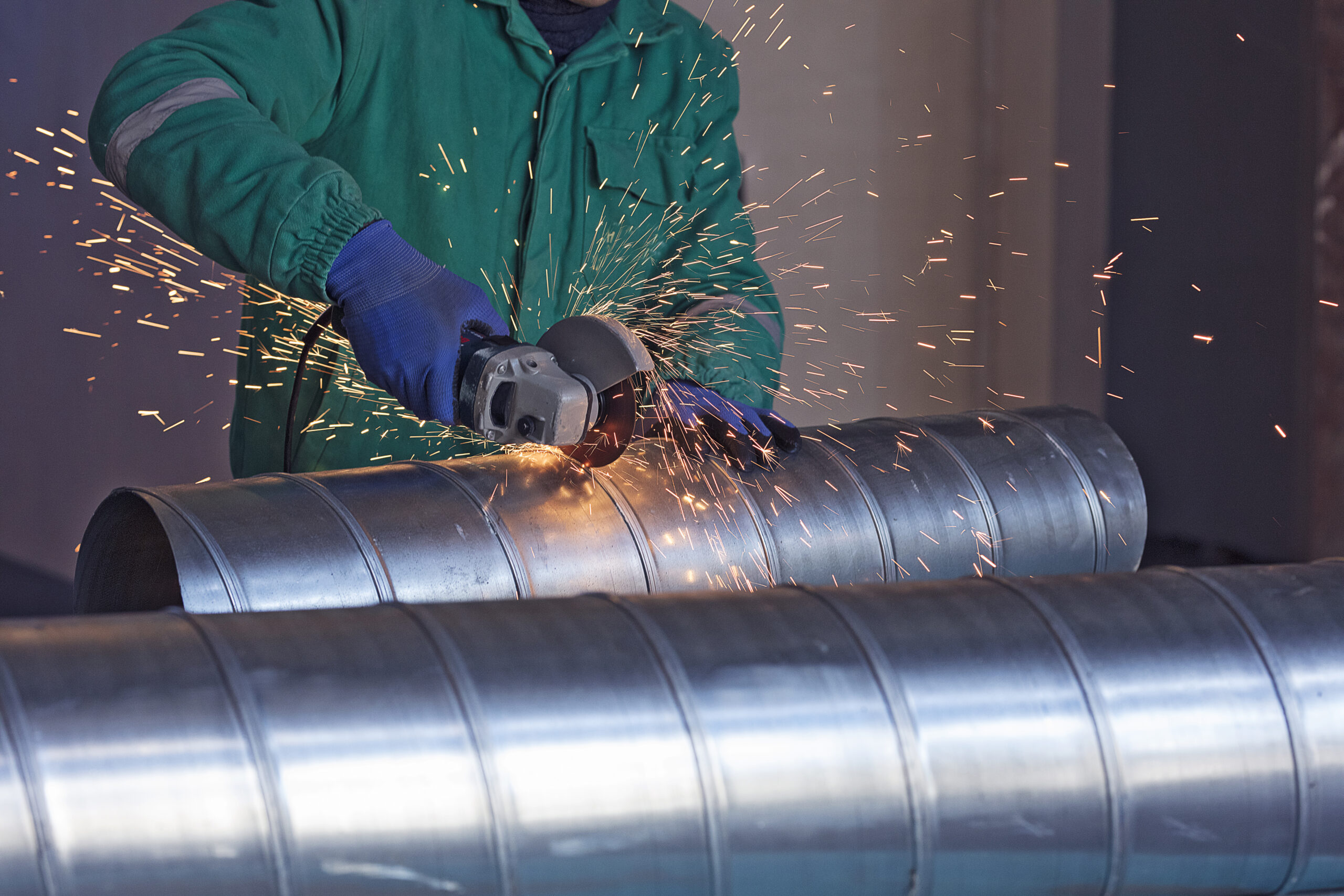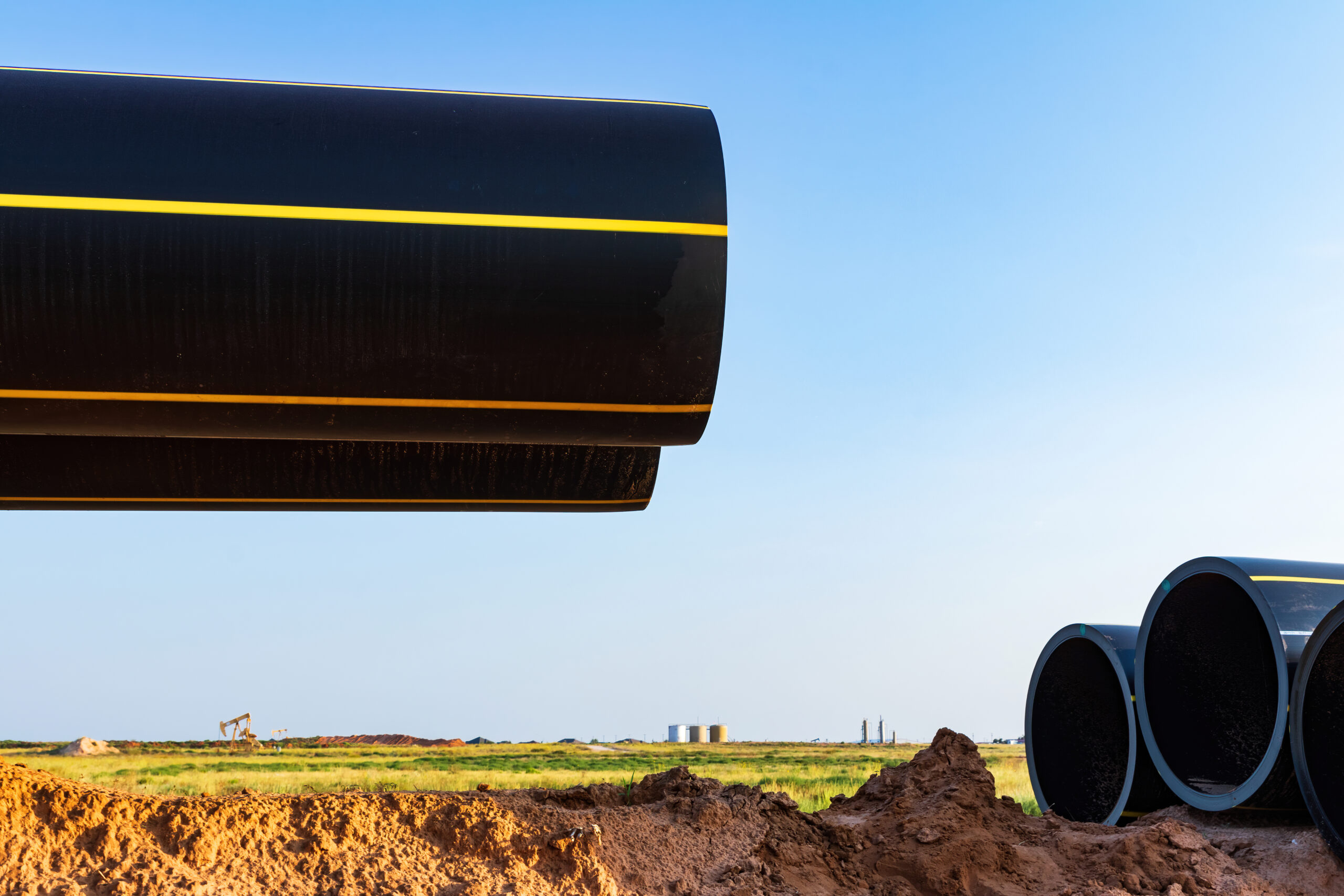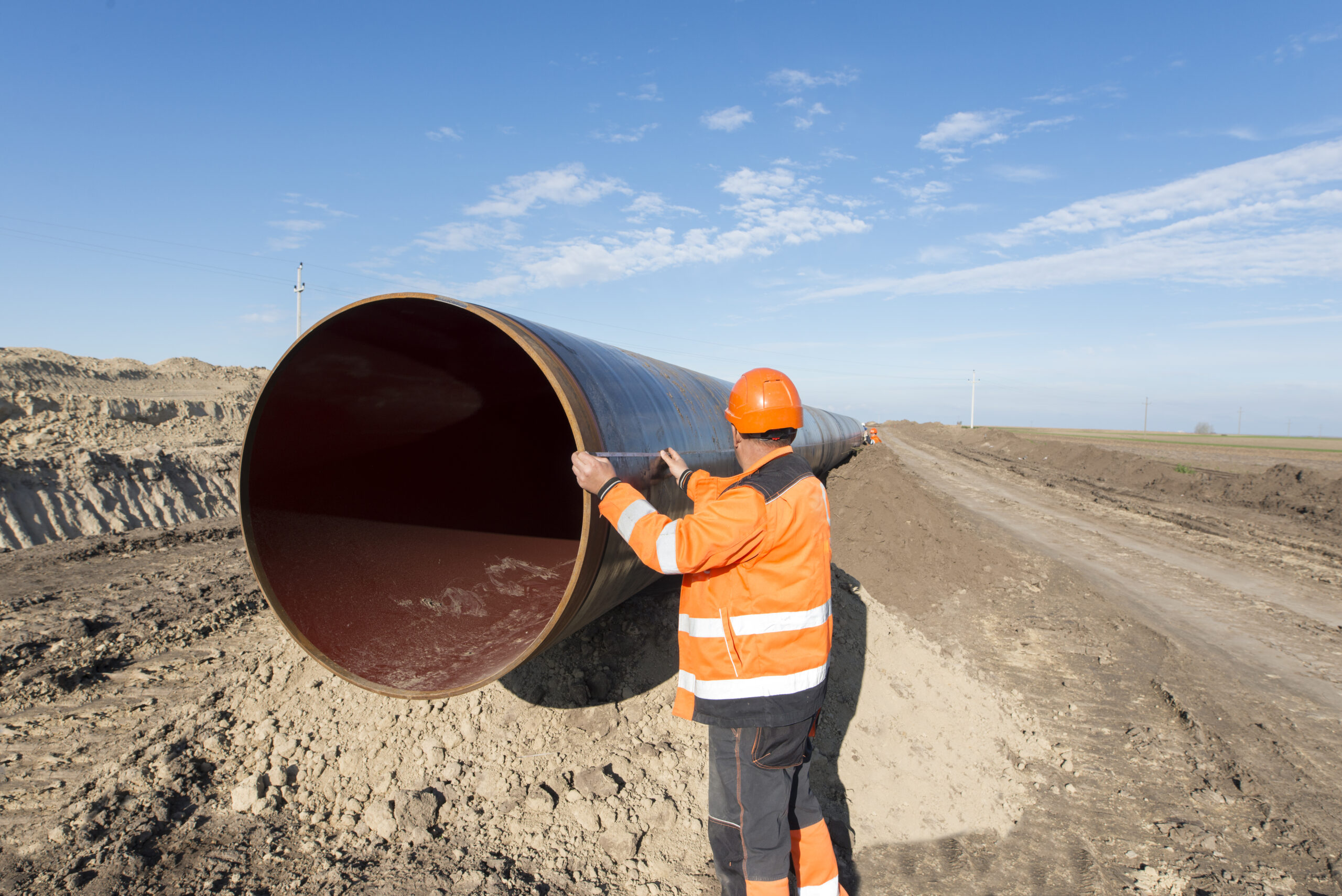Often overlooked but essential components in pipeline protection are pipe sleeve inserts. These seemingly basic elements play a crucial role in safeguarding the integrity of internally coated steel pipes. By preventing costly repairs and ensuring smooth operation, they contribute significantly to various industries.
In this blog, we will delve into the details of pipe sleeve inserts, exploring their benefits, applications, installation processes, and essential maintenance practices.
What are Pipe Sleeve Inserts?
Pipe sleeve inserts, while seemingly simple components, play a critical role in safeguarding the integrity of internally coated steel pipes. These workhorses function much like a cylindrical shield nestled securely within the pipe.
Furthermore, typically crafted from robust polymers like polyethylene or polypropylene, they create a vital protective barrier between the internal coating and the substances being transported.
Moreover, this barrier acts as the first line of defense, absorbing the brunt of impact and abrasion, ultimately shielding the delicate internal coating and preventing costly damage.
The Ever-Evolving Landscape of Insert Pipe Sleeves
The world of insert pipe sleeves isn’t static. They’ve evolved from basic materials to cutting-edge solutions designed to tackle the harshest conditions. Traditional materials offered basic protection, but today, we have:
Weld Joint Sleeve Inserts
Combining fiberglass and epoxy, these inserts boast superior strength and corrosion resistance, ideal for shielding pipelines from abrasive substances.
Pipe Joint Sleeve Inserts
Made from flexible polyurethane, these inserts offer chemical resistance and cost-effective protection against corrosion and abrasion.
This evolution highlights the ongoing commitment to enhancing pipeline durability and performance.
Best Insert Pipe Sleeve Technologies: A Look at What LPS Offers
At LPS (Lined Pipe Systems), we understand the critical role insert pipe sleeves play. Here’s a glimpse into some of our advanced insert pipe sleeve technologies:
CCB Sleeve for Thin Linings
Designed for welded joints, the CCB Sleeve is a champion against corrosion, erosion, and chemical exposure. Perfect for industries where maintaining thin linings is crucial.
Flexsleeve for Thin Linings
Thin linings require flexible solutions. Flexsleeve acts as a flexible armor, seamlessly adapting to dynamic pipeline conditions while offering robust protection for thin linings.
Seal Sleeve Technologies
For rubber, PU, and thermoplastic liners, LPS offers specialized Seal Sleeve technology. These weld joint sleeve inserts enhance the structural integrity of welded connections and resist chemicals and abrasion.
These are just a few examples from LPS’s comprehensive range of insert pipe sleeve solutions.
Furthermore, read out “Best Insert Pipe Sleeve Technologies for Internally Coated Pipelines.”
Benefits of Utilizing Pipe Sleeve Inserts
The advantages of incorporating pipe sleeve inserts are numerous:
Enhanced Protection
The primary benefit is the superior protection offered to the internal coating. By acting as a sacrificial layer, the insert absorbs wear and tear from the transported material, safeguarding the integrity of the coating.
Corrosion Prevention
Internally coated pipes are vulnerable to corrosion if the coating is compromised. Furthermore, pipe sleeve inserts add an extra layer of defense, significantly reducing the risk of corrosion and ensuring the pipes remain operational for extended periods.
Cost-Effectiveness
Investing in pipe sleeve inserts proves to be cost-effective in the long run. By safeguarding the internal coating and preventing corrosion, these inserts minimize the need for frequent maintenance and costly pipe replacements.
Simplified Installation and Replacement
The design of pipe sleeve inserts prioritizes ease of installation and replacement. This translates to minimal downtime during maintenance activities, keeping the pipeline system operational with minimal disruption.
Applications of Pipe Sleeve Inserts
Pipe sleeve inserts find application in a wide range of industries that rely on internally coated steel pipes. Here are some key areas where they play a crucial role:
Oil and Gas Industry
Pipelines transporting crude oil, natural gas, and other petroleum products often utilize pipe sleeve inserts. These substances can be highly abrasive and corrosive, making the inserts essential for maintaining pipeline integrity.
Chemical Processing
Chemical plants require pipelines to transport aggressive chemicals. Pipe sleeve inserts provide a critical layer of protection, safeguarding the internal coatings from damage caused by these harsh substances.
Water Treatment Facilities
In water treatment facilities, pipe sleeve inserts ensure the longevity of the pipeline infrastructure by protecting pipes that transport both treated and untreated water. The inserts help prevent corrosion and maintain a functional pipeline system.
Mining Operations
Pipelines in mining operations are used to transport slurry, a gritty mixture of water and fine mineral particles. Moreover, the abrasive nature of slurry can quickly wear down internal coatings. Therefore, pipe sleeve inserts become vital for protecting these pipelines from such wear and tear.
Installation Process for Pipe Sleeve Inserts
Installing pipe sleeve inserts involves a meticulous approach to ensure a secure and effective fit. Here’s a breakdown of the key steps:
Preparation
Before embarking on the installation, thorough cleaning of the internal pipe surface is crucial. This eliminates any debris or contaminants that might interfere with the process.
Measurement and Cutting
Taking accurate measurements of the pipe’s internal diameter and length is essential. The pipe sleeve insert needs to be precisely cut to match these dimensions, ensuring a snug fit within the pipe.
Insertion
The carefully cut pipe sleeve insert is then gently inserted into the steel pipe. Specialized tools may come in handy to ensure proper positioning and secure placement of the insert.
Securing
Once in place, the insert needs to be secured to prevent movement within the pipe. This can be achieved by using adhesives or mechanical fasteners, depending on the specific requirements and design of the pipeline system.
Inspection
After installation is complete, a thorough inspection is conducted to verify the insert’s correct positioning and secure fit. Moreover, any gaps or misalignments must be addressed promptly to prevent potential issues down the line.
Maintaining Pipe Sleeve Inserts for Optimal Performance
Just like any other component in a system, pipe sleeve inserts require regular inspection and maintenance to ensure their effectiveness. Here are some key maintenance practices to follow:
Routine Inspections
Conducting regular inspections allows for early detection of signs of wear and tear, such as abrasion, corrosion, or any damage to the insert. Early identification of these issues allows for timely replacement and prevents further damage.
Cleaning
Periodic cleaning of the inserts is necessary to remove any buildup of transported materials. This maintains the protective qualities of the inserts and ensures their continued effectiveness.
Replacement
Pipe sleeve inserts have a finite lifespan and need to be replaced periodically. The frequency of replacement depends on the specific application and the conditions the inserts are exposed to. Thus, by monitoring the inserts during inspections and understanding the specific application, informed decisions can be made regarding replacement schedules.
Additionally, we suggest reading out “What is Butt Joint: Techniques and Applications in Welding.”
Key Considerations for Optimal Performance
Choosing the right insert pipe insert sleeve technology is just the first step. Here are some crucial aspects to consider:
Installation
Proper installation is essential to maximize the effectiveness of insert pipe sleeves. Following industry best practices ensures a secure fit and enduring protection.
Maintenance
Regularly scheduled maintenance checks are vital for extending the lifespan of the insert pipe sleeves. Early identification of potential issues allows for prompt action and prevents escalation.
Environmental Factors
External factors like temperature and moisture can impact pipeline wear. Understanding the specific environment where the insert pipe sleeve operates allows for proactive measures to adapt the system to these conditions.
By considering these factors, you can ensure your insert pipe sleeves provide optimal protection for your pipeline infrastructures.
Conclusion
Insert pipe sleeves are a vital component in the protection of internally coated steel pipelines. By understanding their evolution, the best available pipe sleeve insert technologies, and crucial considerations for installation and maintenance, you can make informed decisions to safeguard your pipeline infrastructure and ensure its long-term functionality.
Therefore, with LPS’s advanced insert pipe sleeve technologies, mastering pipeline protection becomes achievable. We’re not just protecting pipelines, we’re shaping the future of pipeline integrity.

